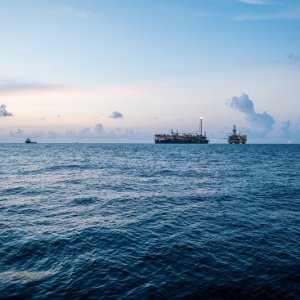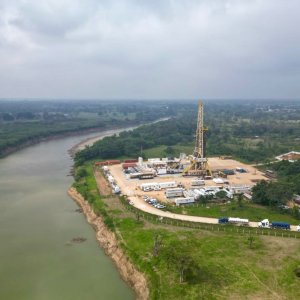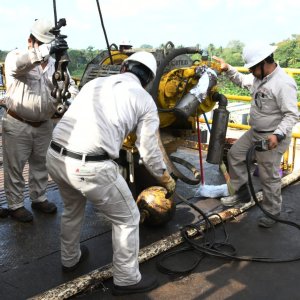A New Era for Port Infrastructure

STORY INLINE POST
Q: What issues did you work on when you first took on this post in October 2019?
A: Initially, we had to recover a number of permitting processes that had been delayed during the previous administration. All applications for port concessions must pass through our office and by my desk, along with fare logs, expansion and investment applications, marine project authorizations, other types of evaluations and general paperwork. These delays had to end in order to meet processing deadlines. Soon after we launched our efforts to promote the administration’s plans in terms of port investments to enhance regional growth, and boosting of maritime sector.
I also wanted to share my expertise in port logistics and development. On one hand, my experience working for private, regulated entities within Mexico’s port infrastructure gave me a positive outlook on the applicable 20-year-old laws and their ability to promote investment. I am also interested in helping bridge gaps in the legal frame to facilitate investments. What remains to be done in the service of the hydrocarbon sector is a great example of this. Transparency and equality in terms of access are also important issues that must be addressed.
In general, we are interested in implementing a more collaborative approach. We want our procedures to create fewer obstacles in the development of the ports, and for the people involved. I have seen lack of communication regarding the current regulatory framework from both port users and relevant stakeholders. Closing this gap represents one of our main challenges. We will accomplish this through traditional promotional means and a more extensive and explicit use of our digital and web platforms. Additionally, it continues to be crucial to work with all APIs to promote the necessary investment into both existing and new development projects for all ports. This means attracting money and resources from private parties, the federal government and state governments as well.
Q: How do you manage your budget?
A: Our approach to budgeting is quite specific. As parastatals with our own concessions, APIs have their own budget, which are mostly self-sufficient and built on the basis of the different types of standardized fares they charge all port users. This amount is usually enough to keep up with all their maintenance needs and also to invest in new projects setting the field for private investment. This allows many new projects to be executed without taking money from federal or other fiscal budgets. Then there is the rest of Mexico’s shoreline, which has many facilities to take care of, although many of them work under concessions to private entities that take care of all their budgeting needs. Others, however, do operate under our custody. In line with the administration’s austerity measures, we are trying to keep all of these facilities operational despite a limited federal budget. For these and other reasons, the private sector plays a very large role in the development of port infrastructure, particularly new projects. Our role is to enforce a regulatory framework that can motivate these investments in a context of transparency. Coastal and port protection, dredging, channeling and land reclamation projects make up most of API and port development state budgets.
Q: How are you dealing with bottlenecks in Mexico’s port infrastructure and operations?
A: The best way to alleviate port bottlenecks is to address them on a case-by-case basis and know what solutions are within your power and which ones are not. Therefore, equilibrium can be maintained and a solution to one bottleneck will not create others down the line. To understand bottlenecks, you first have to think about a port as a system that gets divided into four main subsystems: water access, berths, storage plus other types of yard space and finally, the land infrastructure and connections, such as highways. These four subsystems are continually used for all import and export traffic, while transshipment traffic uses only the first three. Anyone in charge of managing an API needs to address the needs of each one of these subsystems both individually and also in an integrated way that guarantees equilibrium between them as part of the logistic chain. This applies from the very beginning with the initial design of the facility. For example, 5km of berths are useless when paired with only 2ha of yards: your storage space for all incoming vessels will be designed to run out. Every API must, by law, have a Development Master Plan, and these balances must be implemented in that plan.
Q: What do you consider to be the flagship port development projects of your tenure?
A: In the General Directorate of Ports, we work hand-in-hand with the General Directorate of Merchant Marine, the General Directorate for Port Administrations, and also with all of the APIs. We authorize all their projects of any size, and we register and monitor the concessions and tariffs for all the ports. Some of our largest projects include the expansion of the Manzanillo port toward the Cuyutlán lagoon, the expansion of the Progreso port, the new section of the Veracruz port and the development projects at the Chiapas port. The rehabilitation of the Tehuantepec Isthmus also involved significant development of the Coatzacoalcos and Salina Cruz ports, although by presidential decree those projects will be executed by an organism separate from our directorate.
These are some of the key projects, and they also happen to be the most visible. Another project is the development of the SIPCOS, which are the Intermode Portuary & Coastal Systems. Their main function is to integrate ports with the more general economic development of coastal regions so that the commerce and logistics of each region can be coordinated by both APIs and other port authorities and users. This includes the development of new industries, services and academic centers that will contribute to the economic development of the region. Additionally, there is the development of Short Sea Shipping capabilities within the entire national port infrastructure system. This will make transportation safer, since you can mitigate security issues faced by truck drivers on highways, and also take logistical pressure off the national highway system by reducing maintenance needs and traffic issues. This can be particularly beneficial to the hydrocarbons sector, where Short Sea Shipping can help move crude and other similar commodities through water.
Q: What role does the oil and gas industry play in Mexico’s port infrastructure development?
A: They definitely go hand-in-hand, especially now that the exploration and production activity in the Gulf of Mexico and in the general offshore sector is being reactivated. All new facilities and equipment being installed and used in upstream projects have to pass through one Mexican port or another point at the Mexican shore. Any of these new operators that are looking to build their own coastal infrastructure to receive or process offshore production needs direct contact with us to get the concession or permission they require.
It is important to highlight that the role of the Energy Reform in generating new investments into Mexico’s port infrastructure has proven to be undeniable. Short Sea Shipping, and the integration of API Campeche, API Dos Bocas, API Tabasco, API Coatzacoalcos, API Veracruz, API Tuxpan, API Tampico and API Altamira to service the oil and gas industry will be an essential part of that project, as well as the necessary nationwide distribution of fuel and the further concessions to be granted to private parties that can import and store fuel on their own. SENER will play an increasing role in these projects. Market forces will play an enormous role in how quickly these projects can be financed and completed and how refining capacity can result in providing national demand while lowering fuel imports. These conversion projects can also help these terminals import and export new kinds of commodities, such as LNG. SENER will have the ultimate authority in designing and approving these projects, independently of our role in enabling and coordinating them within the shoreline and sea boundaries. Our relationship with them has always been cordial and as such we have had no problem regulating PEMEX in its port-related activities where the Law of Ports requires.
Q: What are the most important items to address in your agenda throughout 2020 and beyond?
A: Our goals will remain aligned with those of the entire directorate, which for 2020 includes finalizing the implementation of SIPCOS and their regulatory structure so that new investments can be generated as quickly as possible. The same concept applies to the development of a national system of Short Sea Shipping routes. Accomplishing a clear regulation and execution of those projects is our main priority. We also want to keep our doors open to new port infrastructure development projects and assist those who might happen to be stuck behind some kind of bottleneck.
The General Coordination of Ports & Merchant Marine operates under the Ministry of Communications and Transportation (SCT) to develop Mexico’s port infrastructure and regulate its flagged vessels and port administrators (APIs)
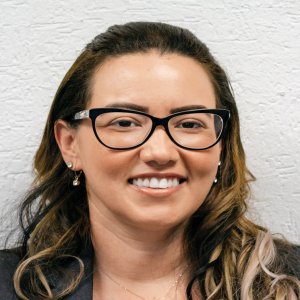
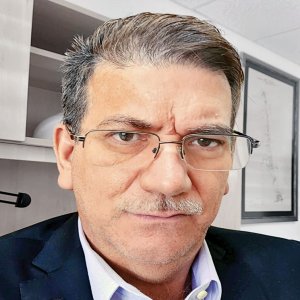
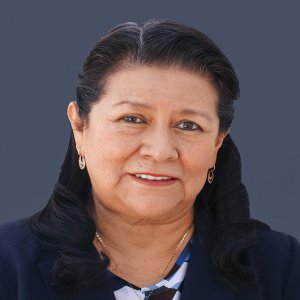

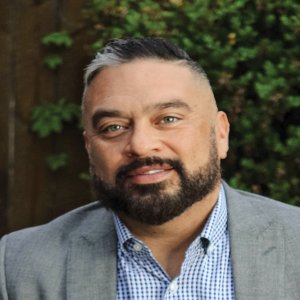
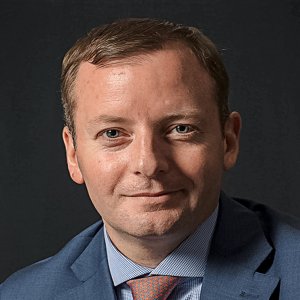
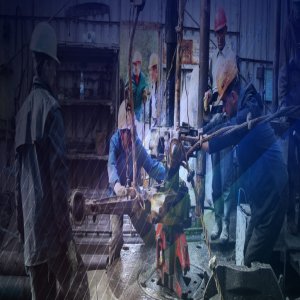
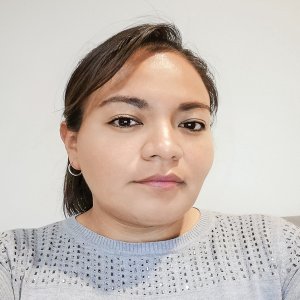
 By Pedro Alcalá | Senior Journalist & Industry Analyst -
Tue, 03/31/2020 - 13:45
By Pedro Alcalá | Senior Journalist & Industry Analyst -
Tue, 03/31/2020 - 13:45
